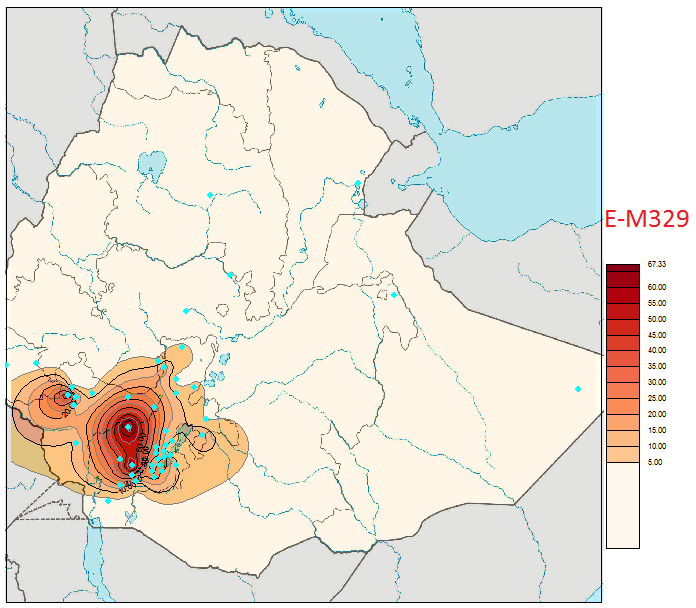Apollo
VIP
Mota cave is in the southwest of Ethiopia. Mota Man is most closely related to the Aari of the Omo valley, also in the southwest and not far from the putative Oromo heartland in the southeast. Lake Tana is in the northwest, where a route to the Jubba/Shabelle headwaters need not involve anything to the extreme south or west. I have already eliminated south Sudan, Kenya and the Omo, so I suspect you are splitting hairs. A migration from Lake Tana to the Shabelle/Jubba headwaters could have been made without picking up a lot of extraneous genetic material, including Mota.
Nope, it represents a more widespread population than just the Mota cave. They (highland Ethiopian hunter-gatherers) lived all over highland Ethiopia prior to the arrival of Afro-Asiatic groups. Similar to how Cheddar Man was not restricted to the Cheddar Gorge, but his group lived all over the UK at the time.
It is not splitting hairs. It is a very evident signal that Somalis never went through highland Ethiopia. It is rather important in reconstructing population movement.



